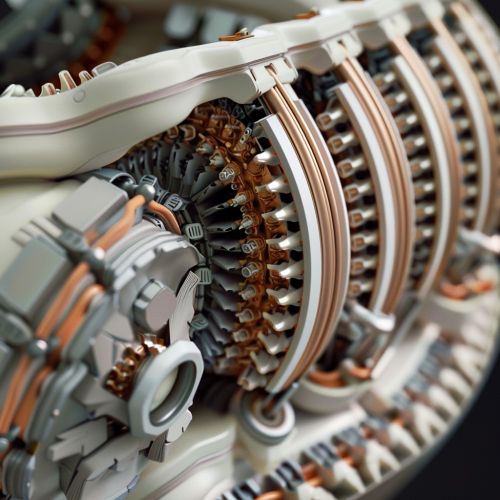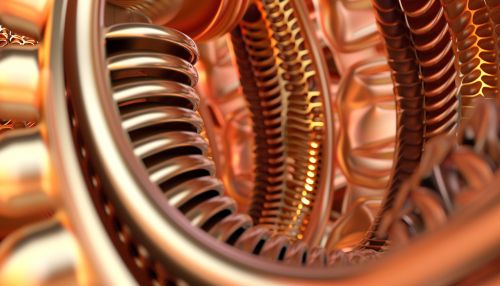Artificial organs
Introduction
Artificial organs are man-made devices or tissues that are implanted or integrated into a human to replace a natural organ, to duplicate or augment a specific function or functions so the patient may return to a normal life as soon as possible. The replaced function does not have to be related to life support, but it often is. For example, replacement bones and joints, such as those found in hip replacements, could also be considered artificial organs.
History
The development of artificial organs has a long history, with the first attempts dating back to the early 20th century. The first successful artificial organ transplant, a kidney, was performed in 1950. This was followed by the first successful heart transplant in 1967, and the first successful liver transplant in 1968. The development of artificial organs has been driven by the shortage of organ donors and the increasing demand for organ transplants.


Types of Artificial Organs
There are several types of artificial organs currently in use or in development, including:
Artificial Heart
The artificial heart is designed to replace the function of the natural heart in patients with severe heart disease. The first artificial heart, the Jarvik-7, was implanted in 1982. Since then, several different designs have been developed, with varying degrees of success.
Artificial Kidney
The artificial kidney, also known as a dialysis machine, is used to filter waste products from the blood in patients with kidney failure. The first artificial kidney was developed in the 1940s, and the technology has been continually improved since then.
Artificial Liver
The artificial liver is designed to perform the functions of the natural liver, including the detoxification of harmful substances in the body. The development of an effective artificial liver has been challenging, but several promising designs are currently in the testing phase.
Artificial Pancreas
The artificial pancreas is a device that automatically monitors and regulates blood glucose levels in patients with diabetes. The first artificial pancreas was approved for use by the U.S. Food and Drug Administration in 2016.
Artificial Lung
The artificial lung is designed to oxygenate the blood and remove carbon dioxide, similar to the natural lung. Several designs for artificial lungs are currently in development, with some already in clinical trials.
Development and Manufacturing
The development and manufacturing of artificial organs is a complex process that involves a wide range of disciplines, including biology, medicine, engineering, and materials science. The process typically involves the design and fabrication of the organ, followed by extensive testing to ensure its safety and effectiveness.
Challenges
Despite the significant progress that has been made in the field of artificial organs, there are still many challenges to be overcome. These include the risk of rejection by the body, the need for long-term use of immunosuppressive drugs, the high cost of development and manufacturing, and the ethical issues associated with the use of artificial organs.
Future Directions
The field of artificial organs is continually evolving, with new technologies and approaches being developed all the time. Some of the most promising areas of research include the use of stem cells to grow replacement organs, the development of bioartificial organs that combine synthetic materials with living cells, and the use of 3D printing to create custom-made organs.
